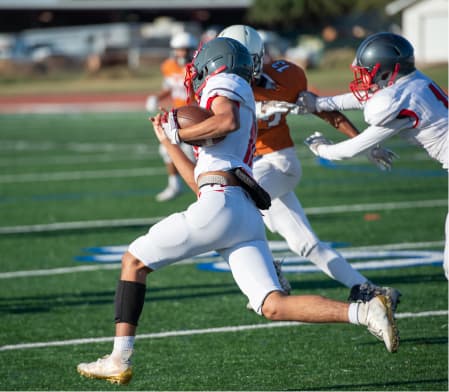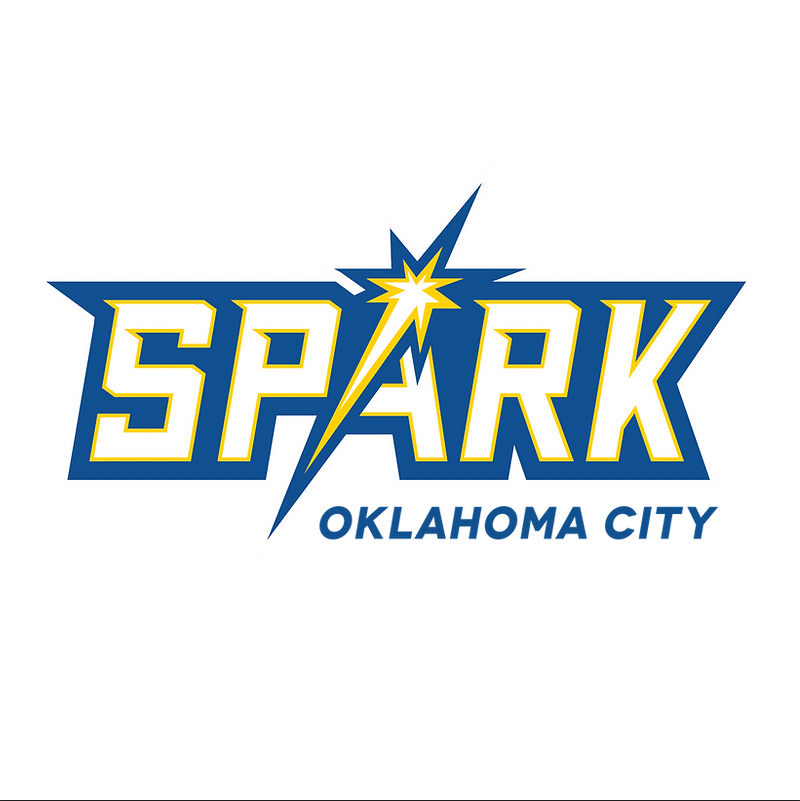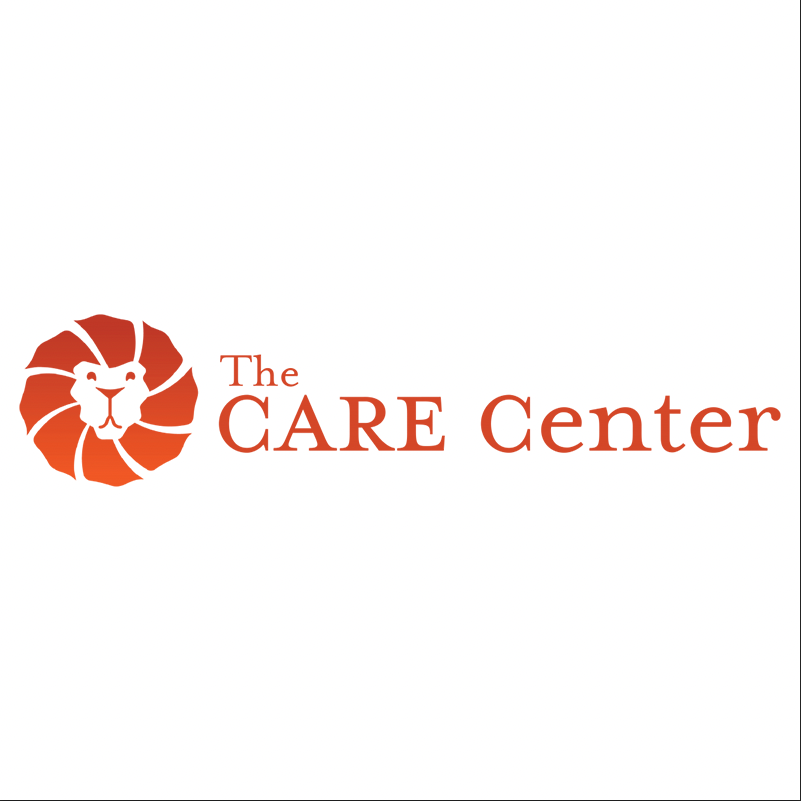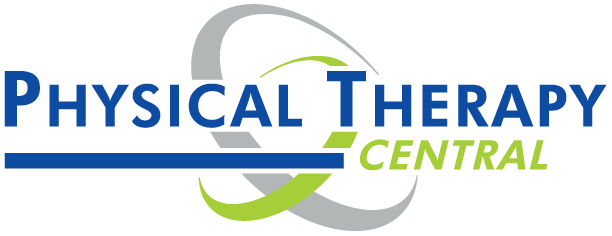Full-Width SubpageSecondary title denoted with a span tag but is still part of the main page title
Example Lede. Can also be a highlighted color (purple for this brand) or important color (red for this brand).
This is normal paragraph text. The kind of therapy your body needs depends on a number of factors, like your pain, injury, age, and physical fitness level.
We’ll never just give you an exercise program and leave you to figure it out. Instead, we’ll define an individualized plan just for you, and then work with you so that you get the maximum benefit out of the time you put in.
Here is an example of an unordered list:
- An example list item goes here
- These items should not require any custom BB modules. Just using the default bullet list
- Highlighted title can be in bold
- You can also showcase a link to contact us in this list.
Here is an example of an ordered list:
- An example list item goes here
- These items should not require any custom BB modules. Just using the default bullet list
- Highlighted title can be in bold
- You can also showcase a link to contact us in this list.
Heading 2 Size Example
Heading 3 Size Example
Heading 4 Size Example
Callout Box Title Goes Here
This section can contain a few different pieces of content styles. Let’s just set this as a saved row with a boxed background and placeholder text.
An example of bold text but this line may not be necessary depending on the content required for this section.

Image Highlight Title Should Default to an H3
There can be a short blurb on these sections but it should be very short. Probably no more than 2 or 3 lines.
Learn More
Image Highlight Title Should Default to an H3
There can be a short blurb on these sections but it should be very short. Probably no more than 2 or 3 lines.
Learn More
Example FAQ
-
Not necessarily. If you miss an appointment or forget to do your HEP, it is important that you make that up. Most of the time, when a patient reports no progress, it turns out they struggled to commit to the process throughout their treatment. On the flipside, when our patients are consistent, they achieve positive results quickly.
-
Yes. Physical therapy works based on the science of how the body rebuilds and heals. The biggest killer of progress is inconsistency. We recommend adhering to your prescribed sessions agreed upon in your PT Eval to achieve desired results.
-
It is common for patients to experience some muscle soreness in the first few weeks of physical therapy. The reason for this is because you are exercising and stretching a part of your body that isn’t used to the activity. When we recommend an exercise or stretch, we are specifically targeting the muscles, tendons/ligaments, and bone structures that are dysfunctional and causing you pain.
-
During your initial evaluation, your therapist may ask you a number of questions to determine what the cause of your pain is. This can include questions about your sleep habits, activity level, and work environment. They will also ask for a medical history, and then typically ask direct questions about where and when you experience pain.
-
We recommend budgeting 40-60 minutes for a typical therapy session. The only exception to this will be your first visit, which can take about 20 minutes longer due to the physical therapy evaluation your therapist will provide. We also recommend showing up about 10-15 minutes early to your first visit. This way, you can complete the paperwork before your visit time and streamline the process.
-
A typical order for physical therapy will ask for 2-3 visits per week for 4-6 weeks. Sometimes the order will specify something different. What generally happens is for the first 2-3 weeks, we recommend 3x per week. This is because it will be the most intensive portion of your treatment. After that, it is common to taper to 2x weekly, based on your level of function and progress.
-
If we are asking you to do something that is hurting too much, let us know! Physical therapy should not be severely painful. It is not common to be so sore that patients are in pain or it affects their daily life. If this ever happens during or after an appointment, let us know and we will adapt your program.
-
A physical therapy visit lasts about 40-60 minutes. The actual contents of the visit vary based on your diagnosis/need, but typically what happens is:
- You check in with the receptionist, make any appointments necessary, and we discuss your health insurance benefits with you.
- You go into the gym. You can change clothes if you need to, then begin therapy.
- You perform 6-8 various exercises and stretches. These can include therapeutic band exercises, light body weight exercises, or minimal weights. The stretches will promote strength, stability, improved range of motion, and pain relief.
- We can initiate other techniques to include manual work, taping, cupping, and dry needling as needed.
- The therapist makes recommendations based on your progress. These can include altering the frequency of visits, making additions/alterations to your home exercise plan, or things to do before your next visit.
Our Partners


Oklahoma City Ballet
Oklahoma City Ballet inspires its audience through classical and contemporary dance performances, a strong educational program, and community engagement.
Our Website: https://www.okcballet.org/


Oklahoma City SPARK
The OKC Spark interactive camps are a great experience for all of our young Spark fans. Each session will include softball specific instruction with other fun experiences – all led by our current OKC Spark softball players! Campers will have the opportunity to work in small group settings with the pros. This all skills camp will be fundamentally based and help develop the building blocks of your game alongside the best of the best. Come join the fun and be a part of growing our game.


The Care Center
We Educate
Education is the answer to ending child abuse. Our education programs provide adults and children the tools they need to identify and prevent child abuse.
We Heal
Children come first in everything we do. We help children find courage, summon bravery, and tell their story.
